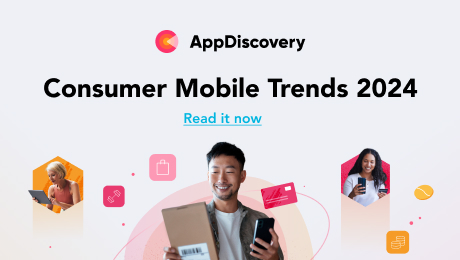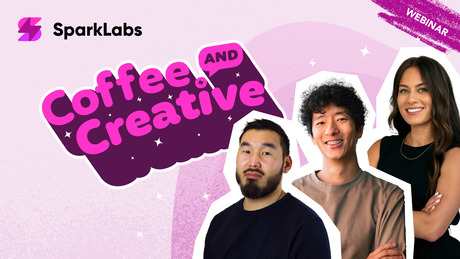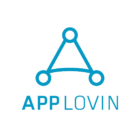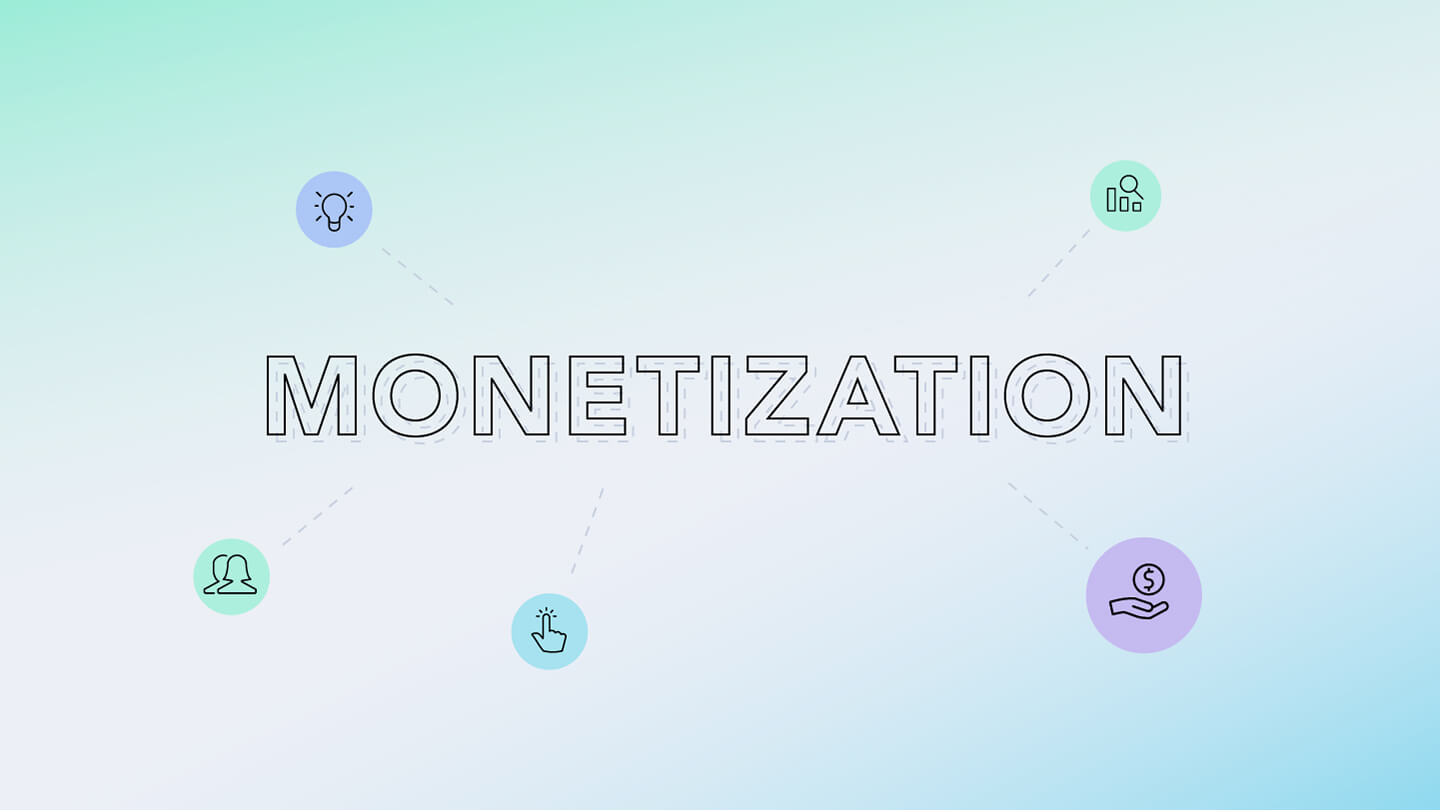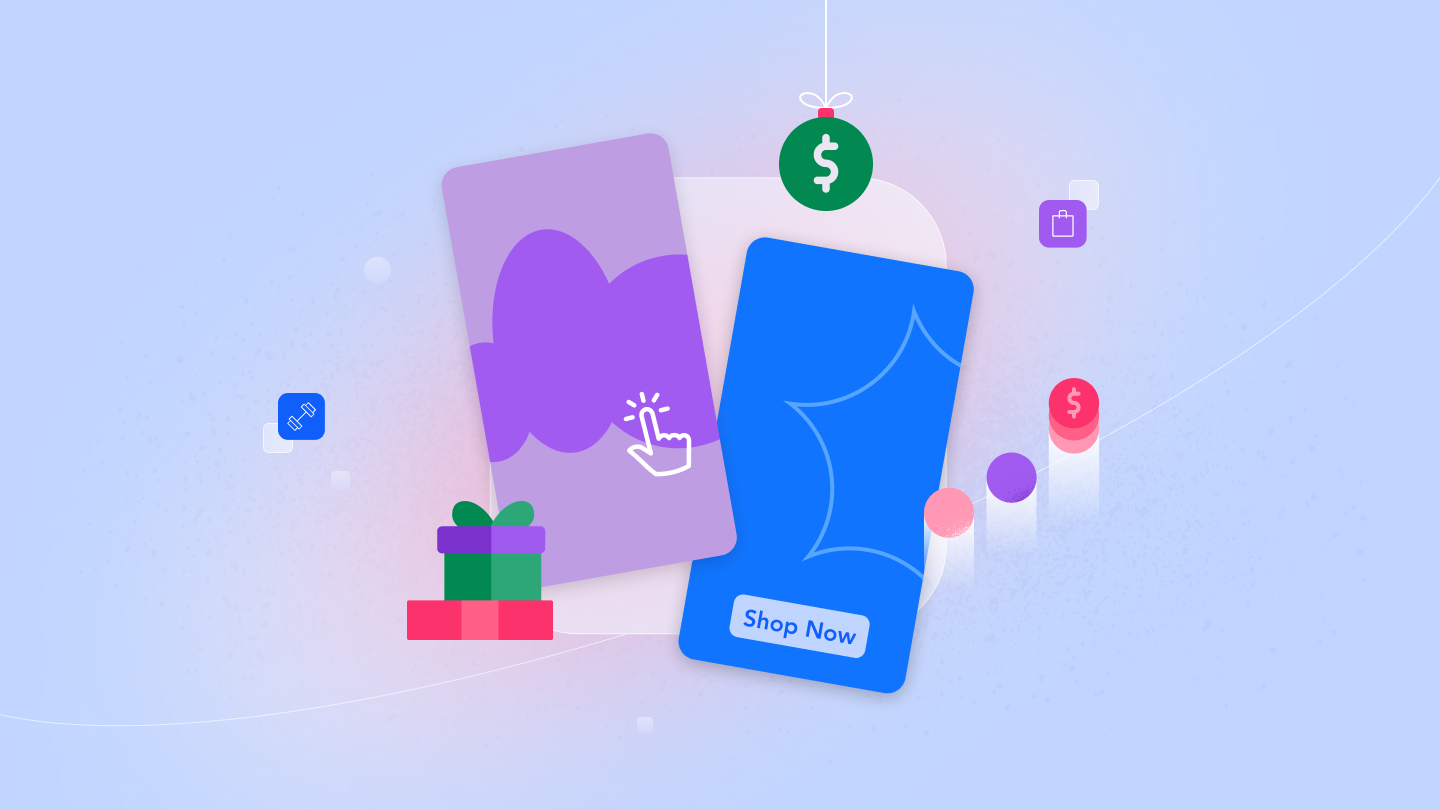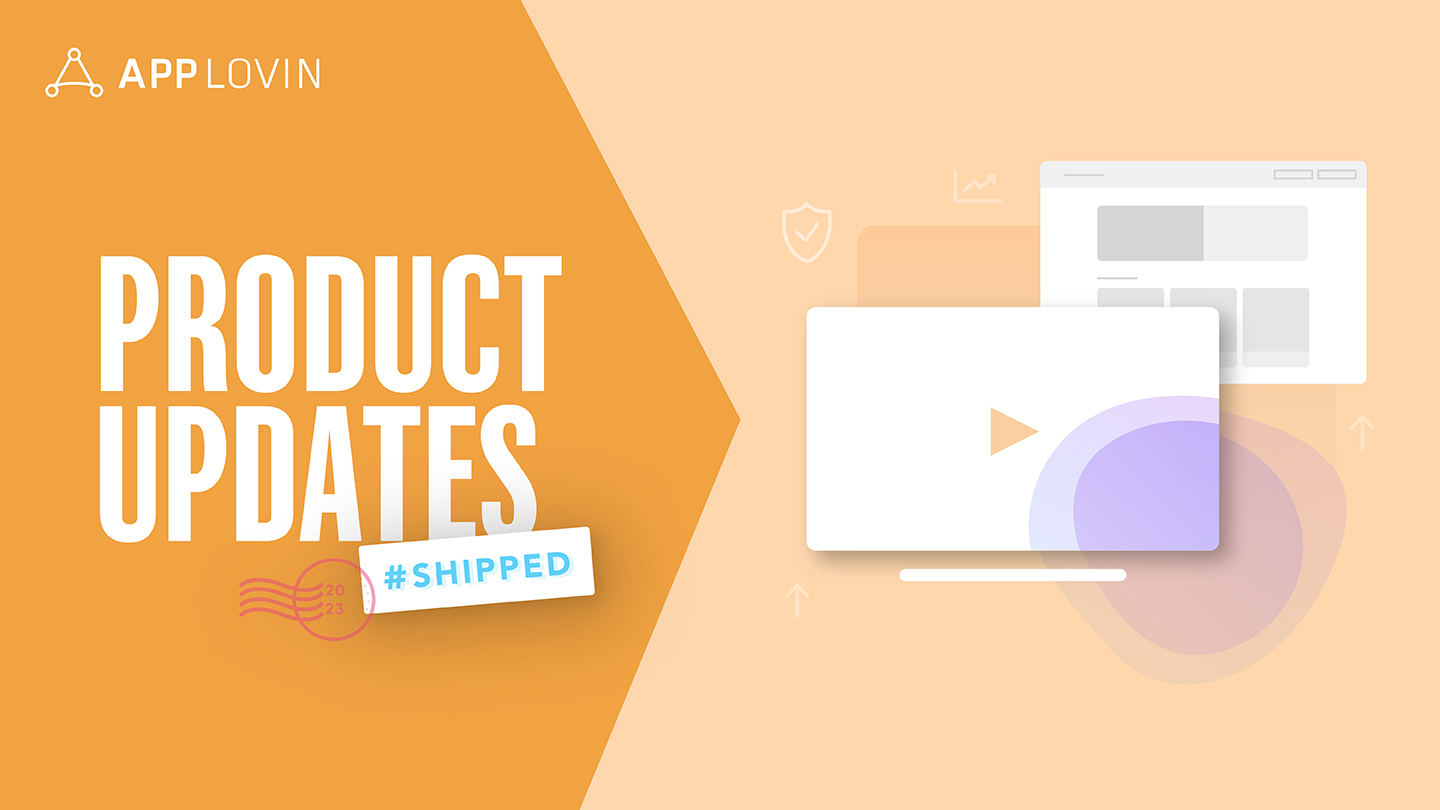What is the best strategy for creating a consistent revenue stream and driving your app’s growth? One answer is hybrid monetization, which combines in-app purchases (IAP) and in-app ads (IAA) to maximize profits. Read on for tips to help you build and drive your own hybrid monetization strategy.
Getting started: Understand your audience through data
A sound monetization strategy starts with understanding how your users behave in your app and what resonates with them. Only after you have a sound understanding of what is working with your audience can you design data-based monetization mechanics to help you deliver the right experience at the right time.
There are many possible approaches to this. Assuming you have a fundamental understanding of your target audience to begin with, you will need to do extensive A/B testing to truly dial in your best strategies for ad-placements, type, frequency, and more.
Limit your scope
When you’re testing, remember to limit the scope of your test to a small set of users. In other words, don’t test against your entire user base. This is safer (in the event of a negative impact), and can yield more specific results. It also allows you to segment users into different groups and test against different variables.
Segment your users, find what works
Segmenting is the process of dividing your target audience into specific groups based on shared characteristics. For example, you may have users that play your game for 2 hours a day, which might indicate high engagement and a higher tolerance for ads, whereas another group of users may only play the game for under 30 minutes per day.
Good hybrid monetization takes different segments into account and makes sure the monetization mechanics speak to each user type. Segmenting means it won’t be a one-size-fits-all strategy and should be tailored to different types of users and their in-app behaviors. Here are some other examples of how you can start segmenting out users:
- Long-term users vs. new users — These two segments might enjoy different types of rewards
- Purchases — Whether or not the user has made a purchase in the last month
- Liveops engagement — Users who engage in a recent Liveops event vs. those who don’t
Use LiveOps to learn about users and improve engagement
Gaming studios use LiveOps to generate engagement by providing new content, events, and monetization opportunities. LiveOps can also be very useful for collecting feedback and helping you understand how any of the following may resonate with users:
- New features
- Exclusive content
- Events
- Bundles that combine in-app purchases
Bundles are usually a combination of live events, exclusive content, or new features that are offered to users for a limited time. They can also be tied to seasonal events, holidays, and in-app promotions to keep users engaged.
Review metrics, check churn, and test often
Testing is integral to an optimized hybrid monetization strategy. Some developers start testing once they notice a plateau in their IAP revenue, while others consistently run multiple A/B tests to make incremental improvements and boost overall revenue.
Best practices for testing
- Use a smaller user base (such as 10 percent) to run a test for 10 to 14 days, for example
- Assess your ARPDAU (average revenue per daily active user) and compare it to your benchmarks
- Check to see if the ad frequency is the same as in your calculated estimate, especially if your results aren’t as high as you expected
- Review and optimize the variables of your ad implementation, including responsiveness, creatives, frequency of ads shown, and engagement
- Watch user churn rates based on the types of ads they are being served. If you notice big dips, you may need to revisit your testing strategy and make adjustments
Check out How to test for success to accelerate growth through A/B testing and 3 solid A/B tests to accelerate revenue to learn more about A/B testing.
What are the best mobile app ads to use?
A PocketGamer.biz article by DeltaDNA showed that 82% of mobile game developers use rewarded video ads, with the next most popular format being interstitial ads, followed by banner ads. 68% of developers surveyed used more than one ad format, with a combination of rewarded and interstitials being the most common.
- Rewarded video ads, commonly used in games, incentivize players to view an ad in exchange for something to help them advance through the game — typically something like in-game currency or progression items. Because rewarded video ads are user-driven — i.e. the user can actively choose to view the ad for a reward — they have proven to be highly popular and effective, well-received by users and powerful monetization tools for app publishers.
- Interstitial ads, while less popular than rewarded video ads, can still be an effective companion strategy to rewarded video ads; however, because they are not user-driven like rewarded videos they must be delicately balanced with placement and frequency. Generally speaking, if you’re using interstitials, remember that they are best used during natural transitions — like an ad occurring between loading screens. No one likes to be interrupted. And remember that interstitials can potentially have relatively longer loading times.
Check out MAX, our industry-leading, full-stack monetization solution
In addition to providing all the tools you need to drive a successful hybrid monetization strategy, MAX developers benefit from joining the most competitive and diverse set of auctions for in-app real estate.
As a direct supply source to the AppLovin Exchange (ALX), inventory is provided at efficient and favorable pricing to its 100+ premium and diversified DSPs, resulting in greater demand and higher yields for publishers. These DSPs compete alongside 25+ Officially Supported SDK Networks including 15 In-App Bidders ensuring unmatched competition for inventory.
In addition, MAX provides
- Powerful A/B testing features
- Developer-friendly integration process
- Cutting-edge brand safety tools to keep user experience and retention high
